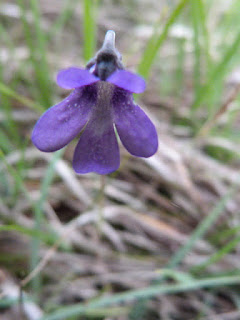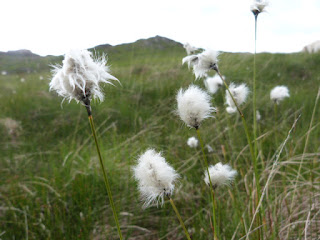 |
| Home for the night |
 |
| Warm cosy bed complete with Yak wool blanket |
 |
| Room with a view |
 |
| Hay Meadow madness! |
 |
| River Dipping fun |
 | |||
| Relaxing and dipping by the river |
 |
| Hazelnut shell with mini boletus fungi |
 |
| Funky Fungi |
 |
| Knapweed with Cuckoo Spit (Rockhoppers) and amybe some dead midges! |
 |
 |
| Devil's Bit Scabious |
 |
| Bog Asphodel |
Further along the path one of the youngsters spotted this lovely Emperor Moth caterpillar. This was a great find. They are pretty cool caterpillars - bright green with pink spots! Also along the way we found some sundew, a very cool carnivorous plant and some viviparious grass, which basically means it reproduces by forming a type of bud rather than produce a seed - which is pretty unusual for a grass!
 |
| Emperor Moth Caterpillar |
 |
| Common Sundew |
 |
| Viviparous Grass |
 |
| Summer swimming fun |
After the swimming session it was back to camp for a much needed BBQ. We all piled on sausages and burgers and got the kelly kettle going for a brew. I had a new little gadget to try which is a little sausage cooking prong that fits on the end of a stick. It was loved by many folk, as a lightweight and clever little gadget. It is made by 'light my fire' who also make sporks for camping. It is also a great little tool for cooking marshmallows.
 |
| Me trying out my new sausage cooking fork |
 |
| Popcorn, marshmallows, sweetcorn and sausages! |
 |
| Feeding time |
 |
| The black dot is a Pipistrelle bat - honest! |
 |
| Night Candles |
 |
| The damp morning after braving the storm |
 |
| Bill and Nell tucked up in their hammocks |








































